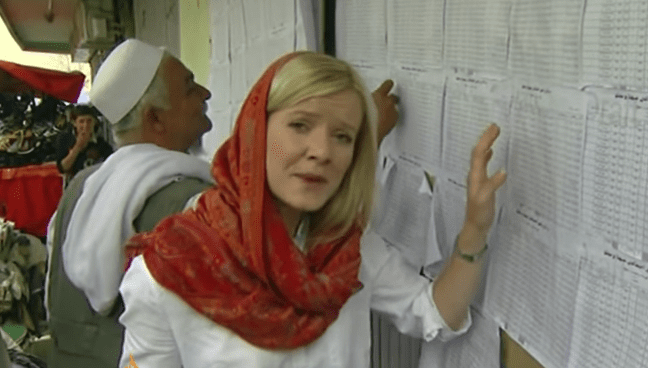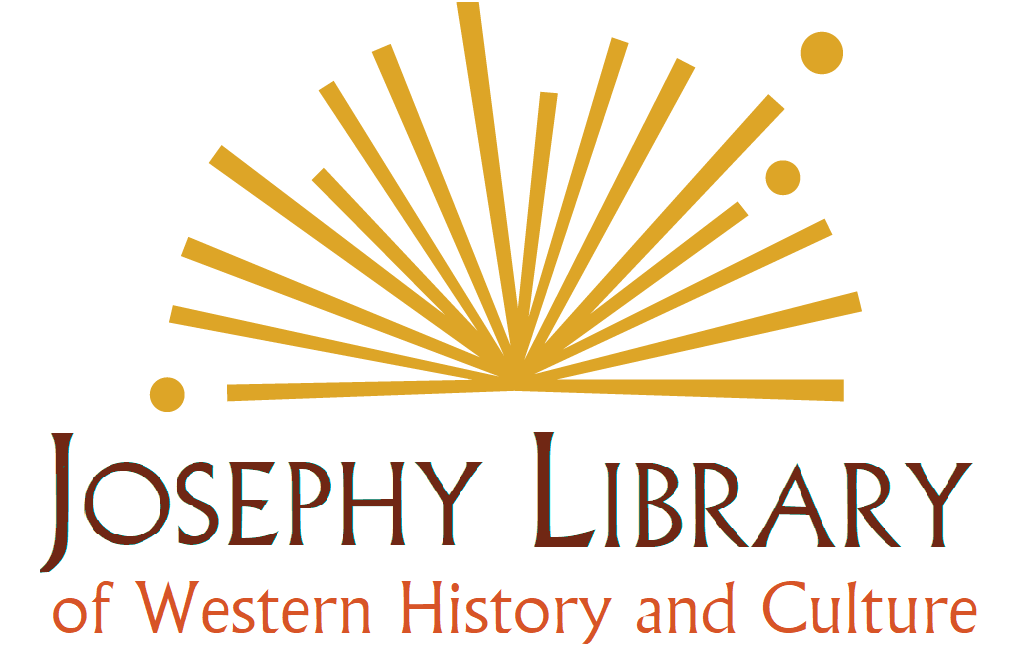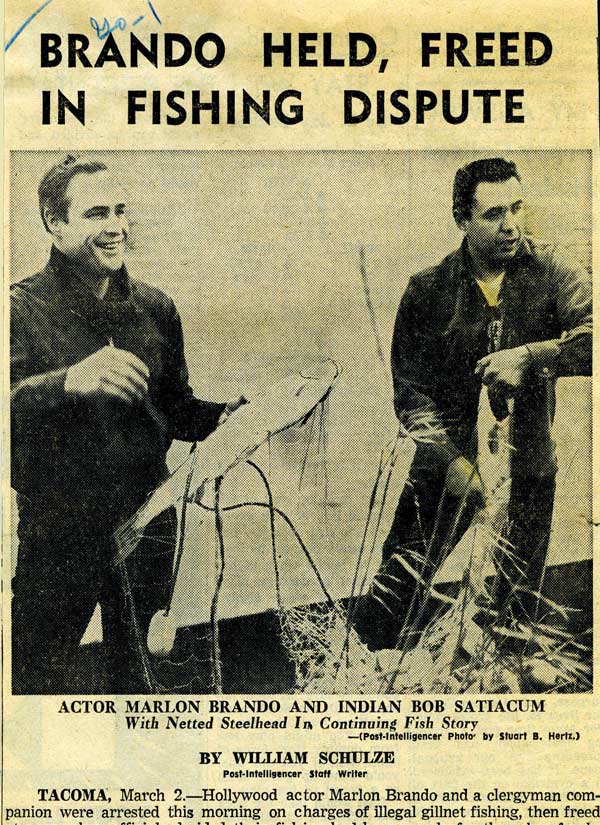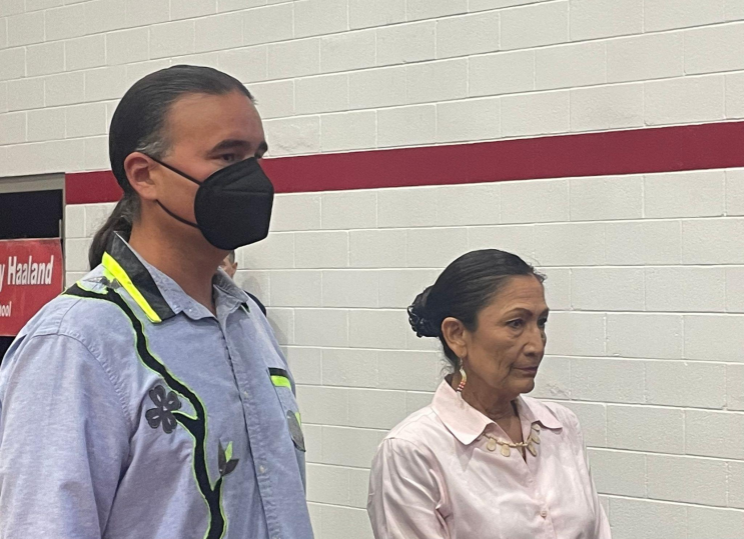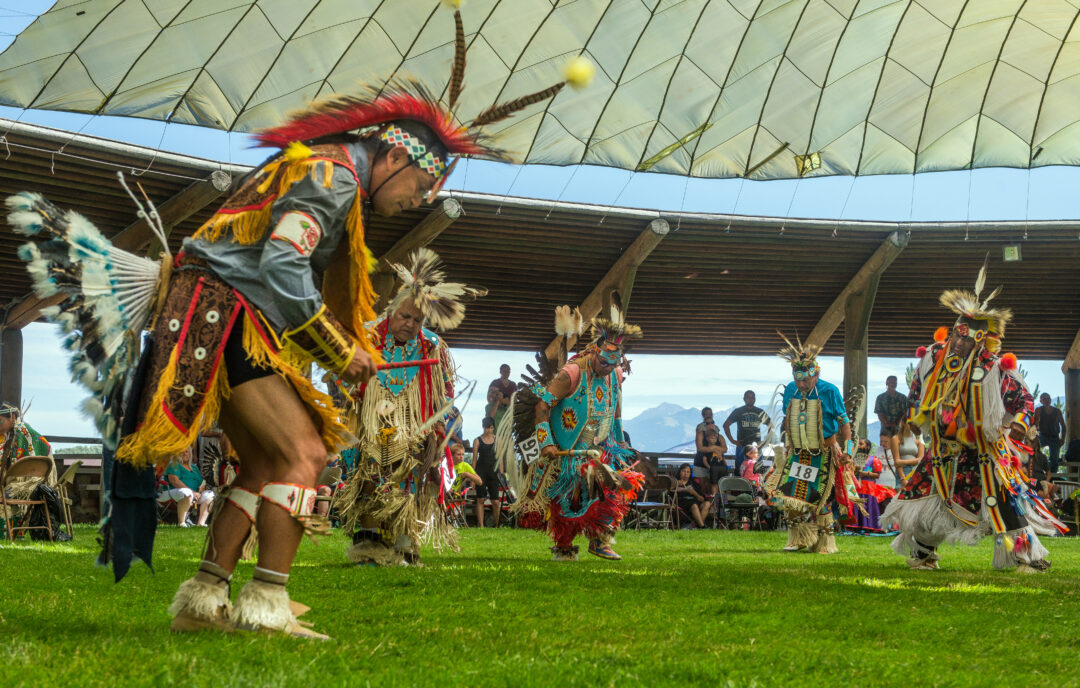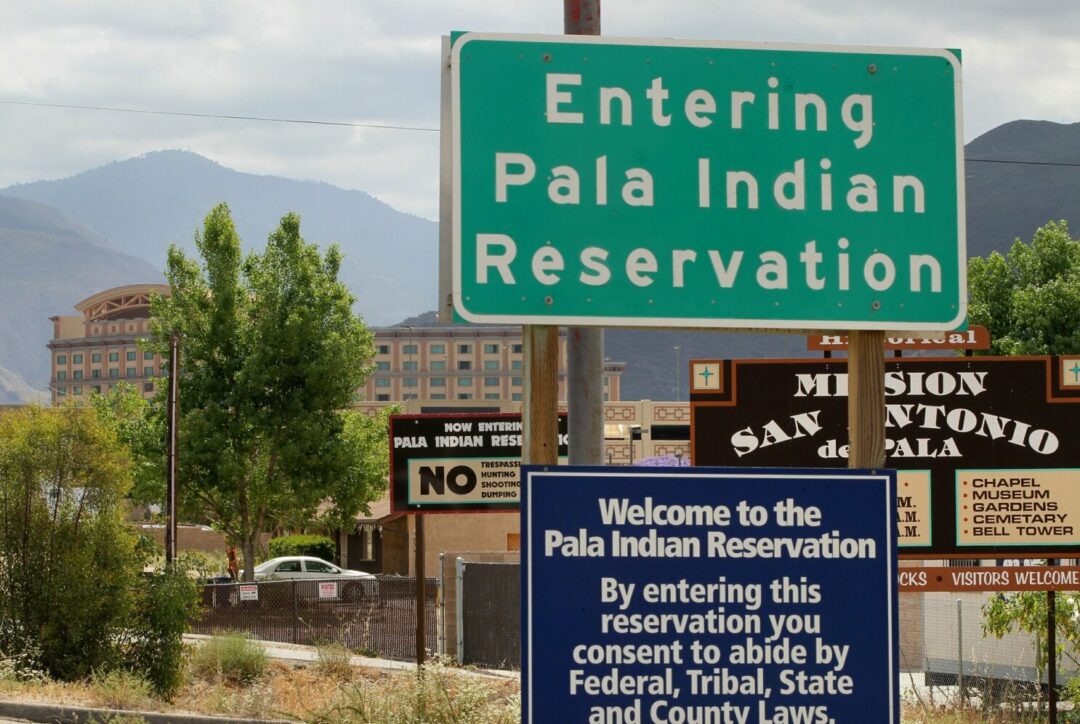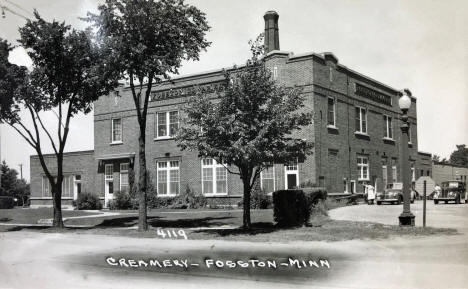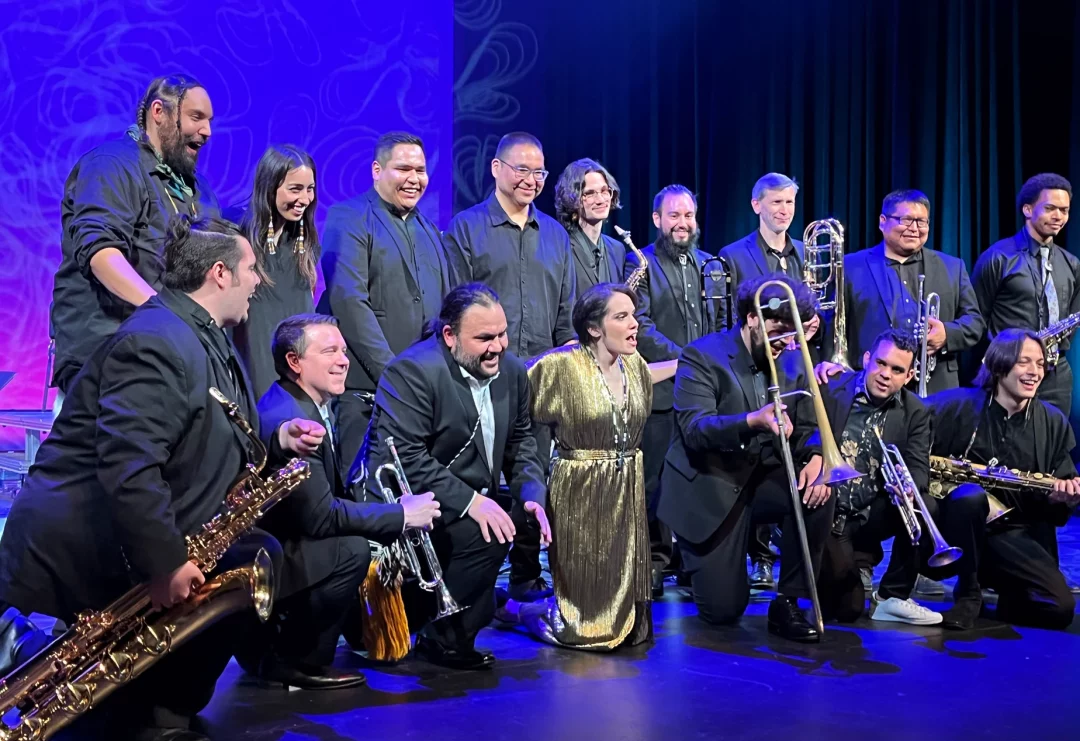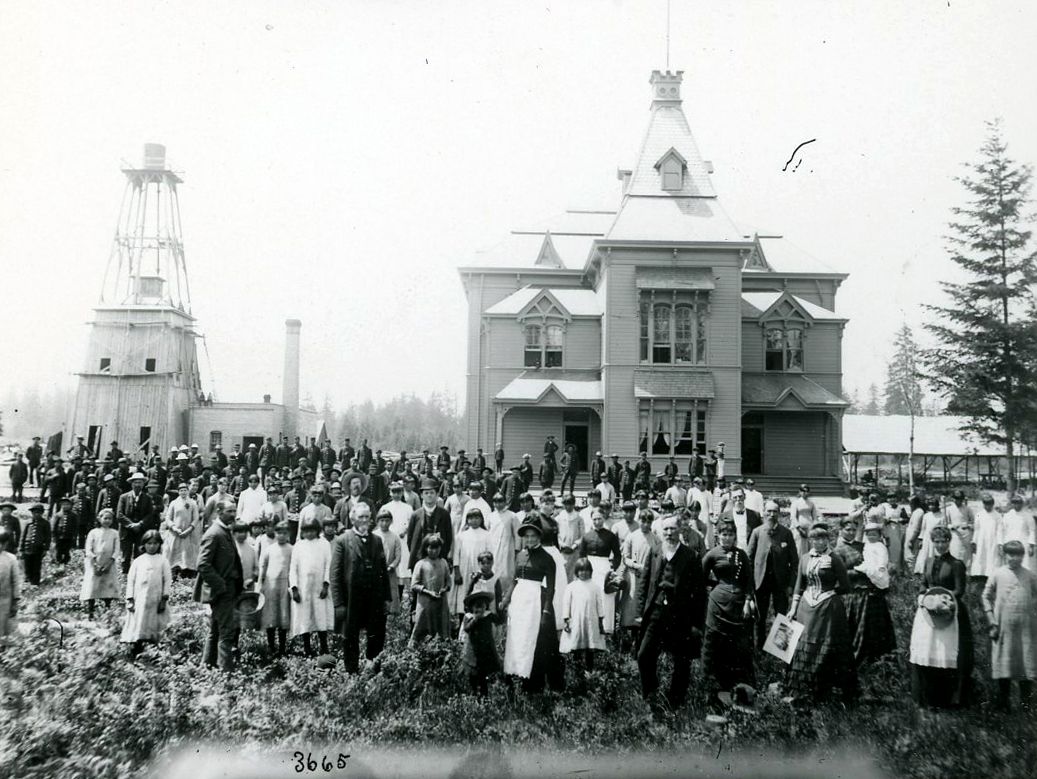Longtime National Public Radio correspondent Nina Totenberg has a new book, Dinners with Ruth, about her long friendship with Justice Ruth Bader Ginsburg. In an interview on CBS Sunday Morning, she was introduced as one of three “founding mothers” of Public Radio. The others were Cokie Roberts and Linda Wertheimer.
Read Rich’s Post →
Happy Labor Day, Women!
